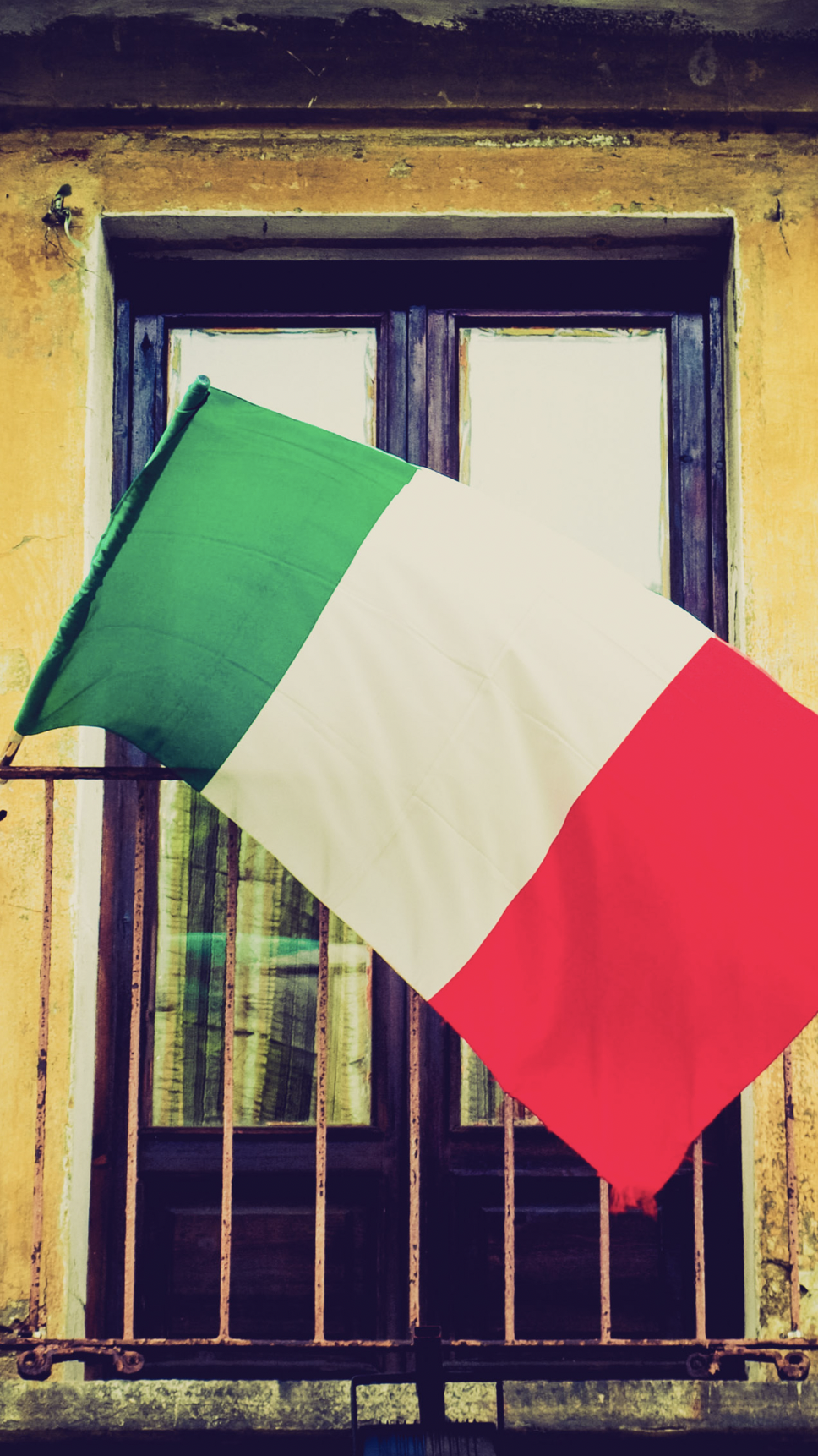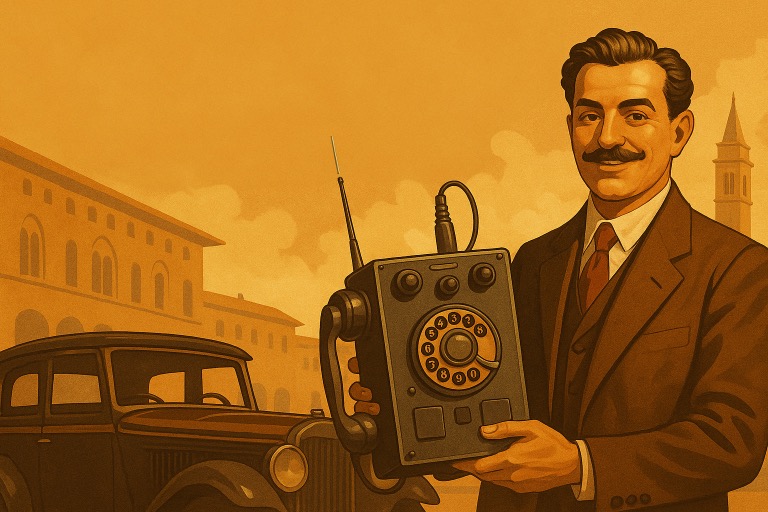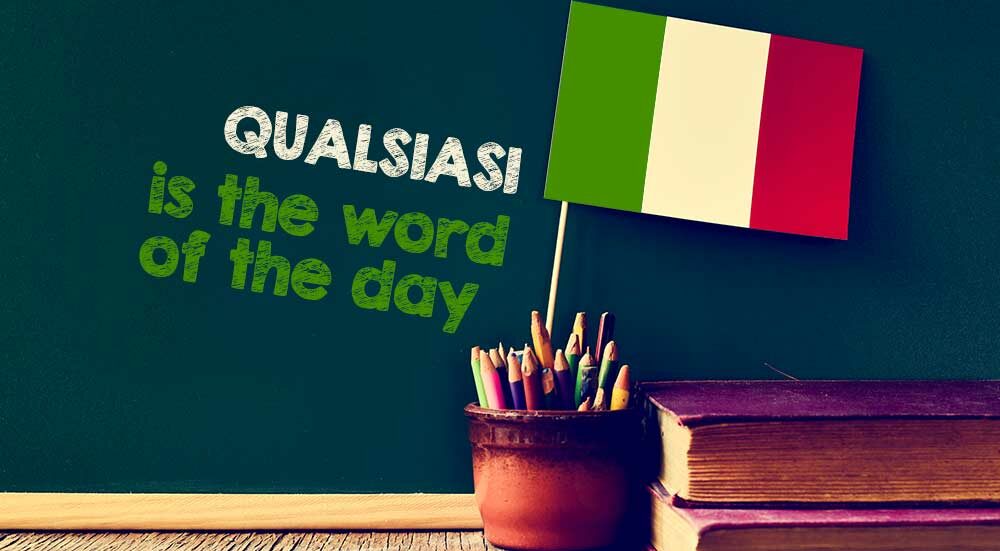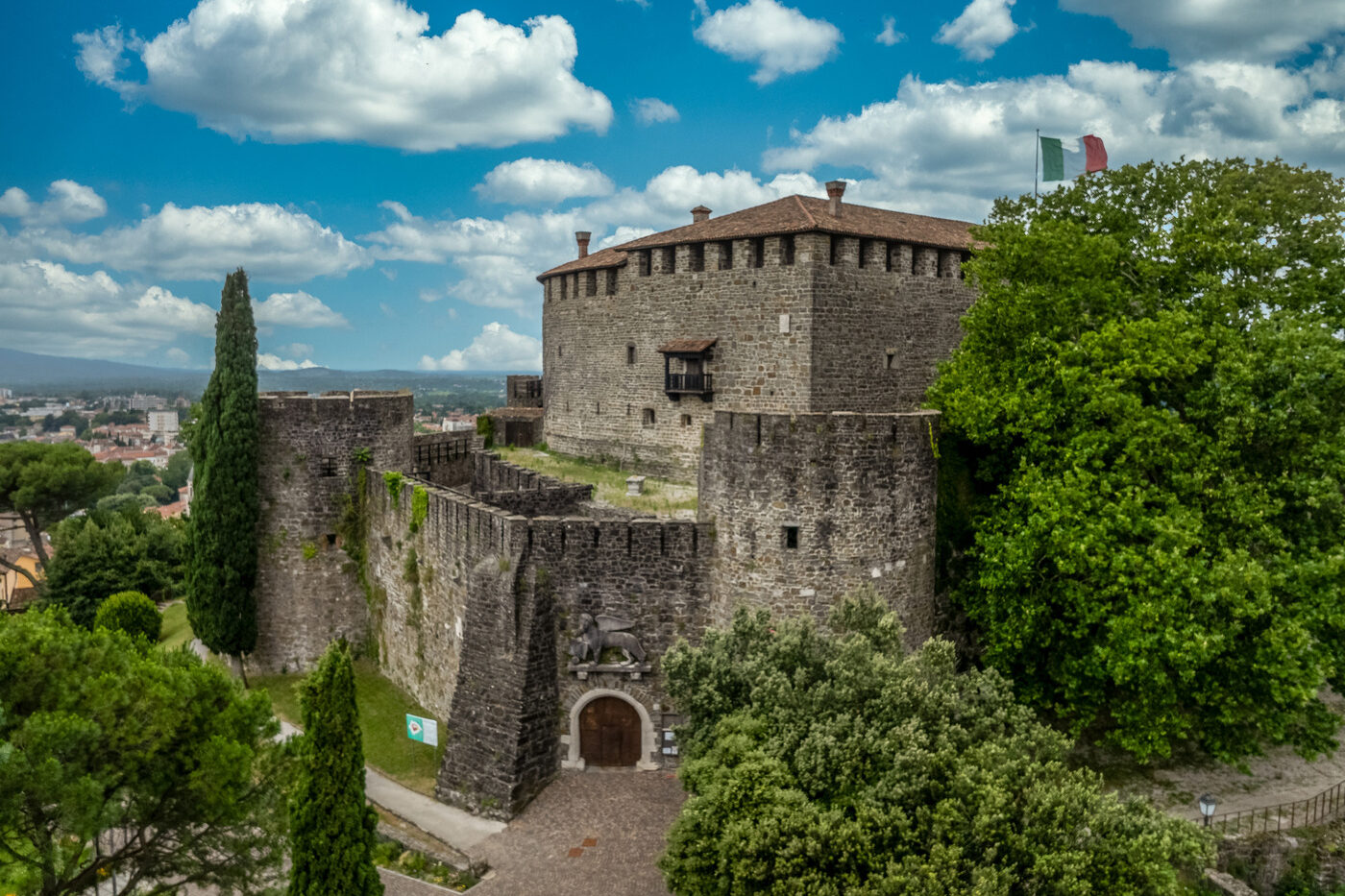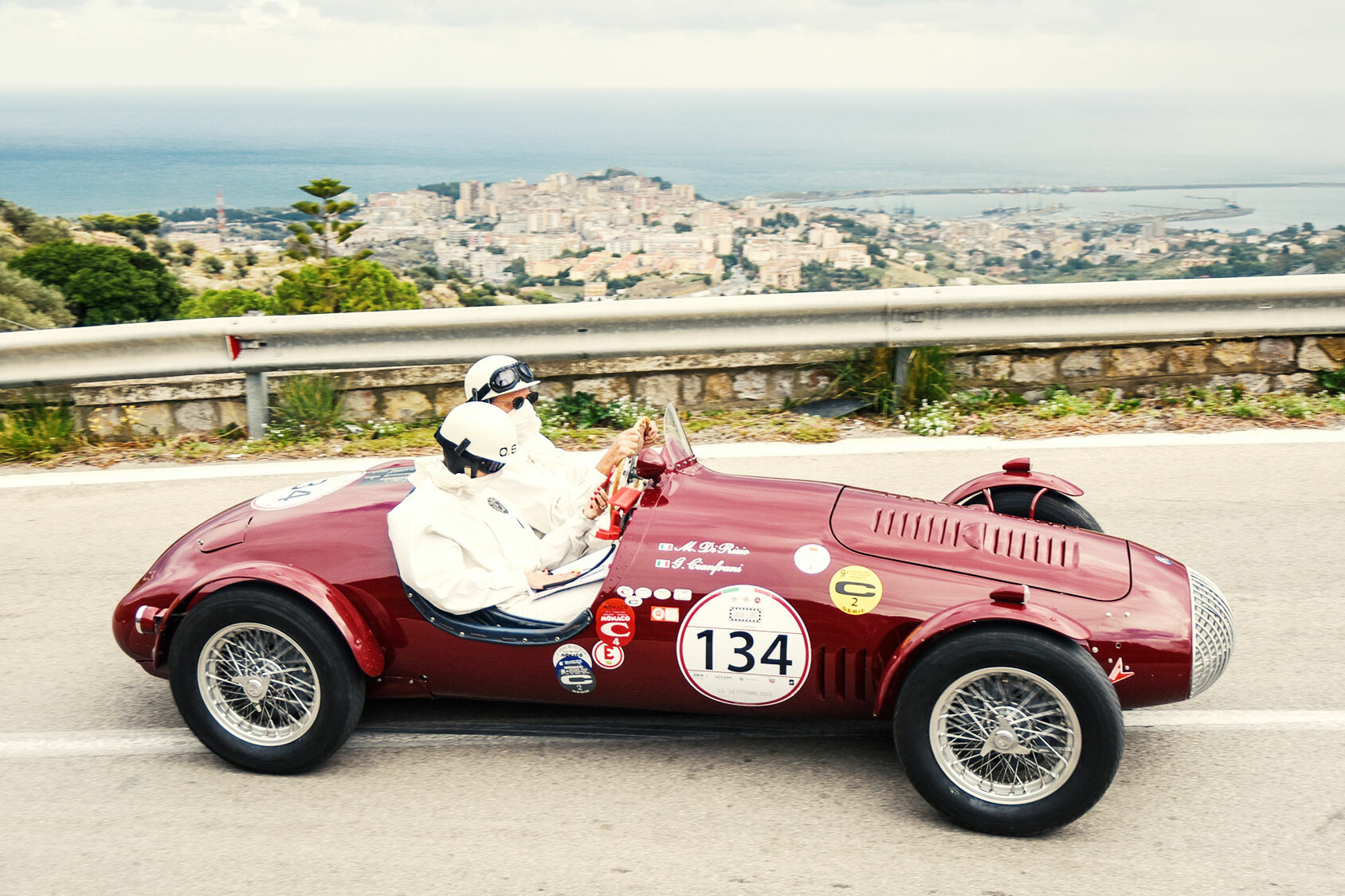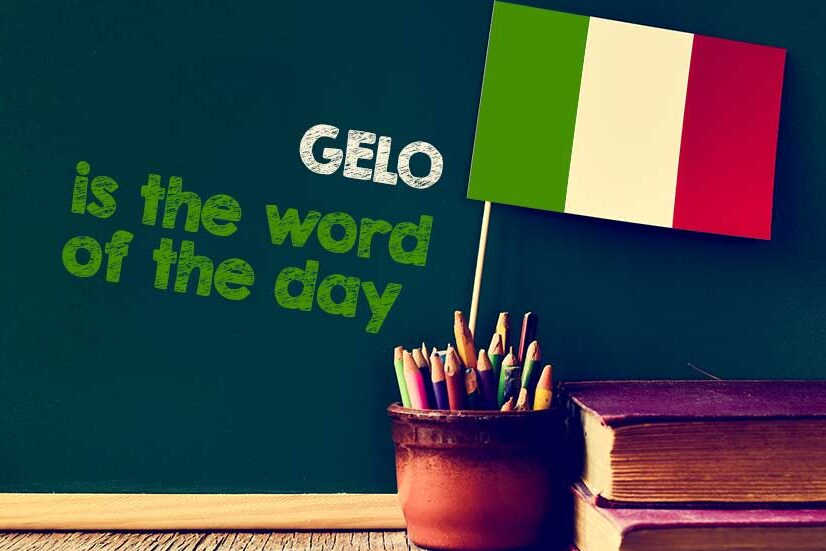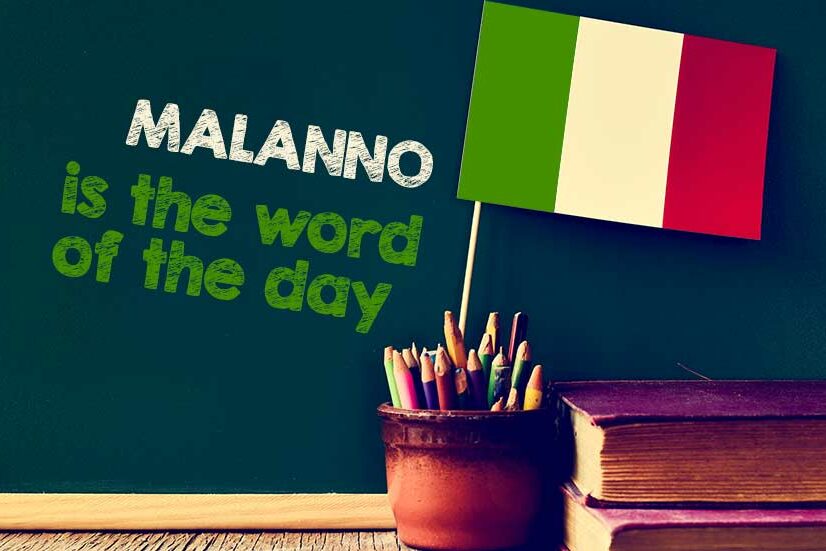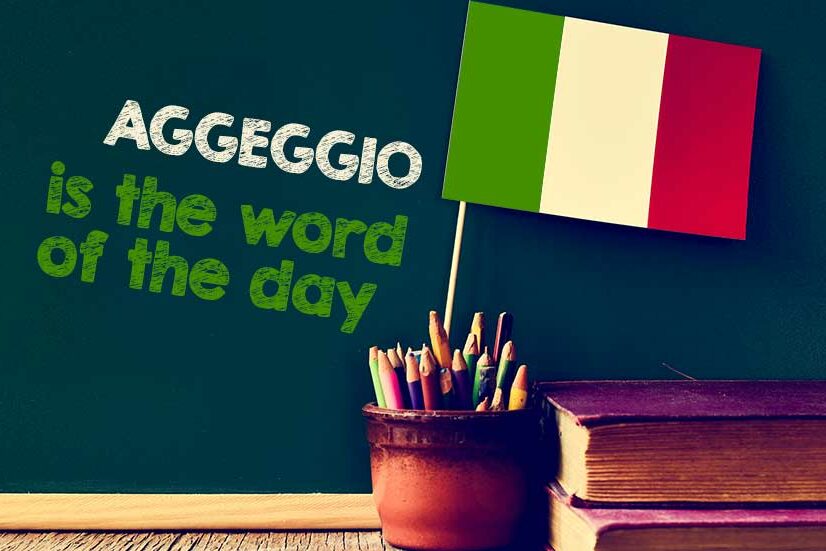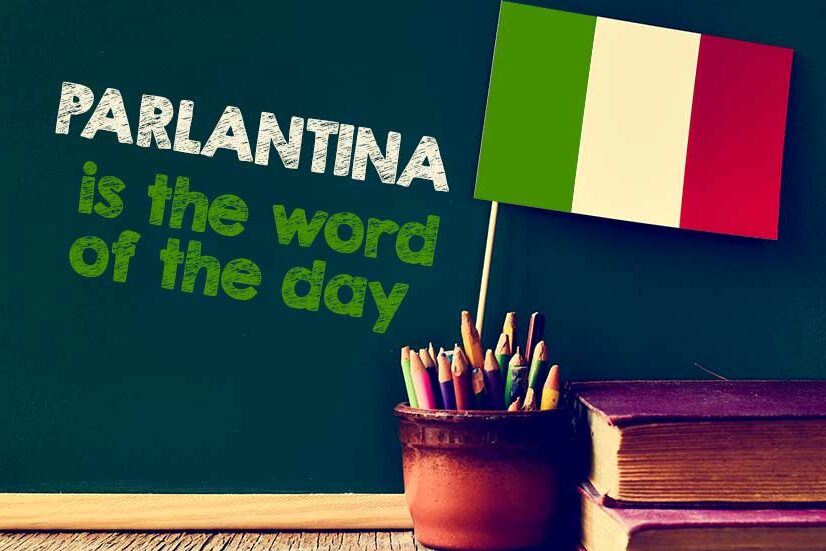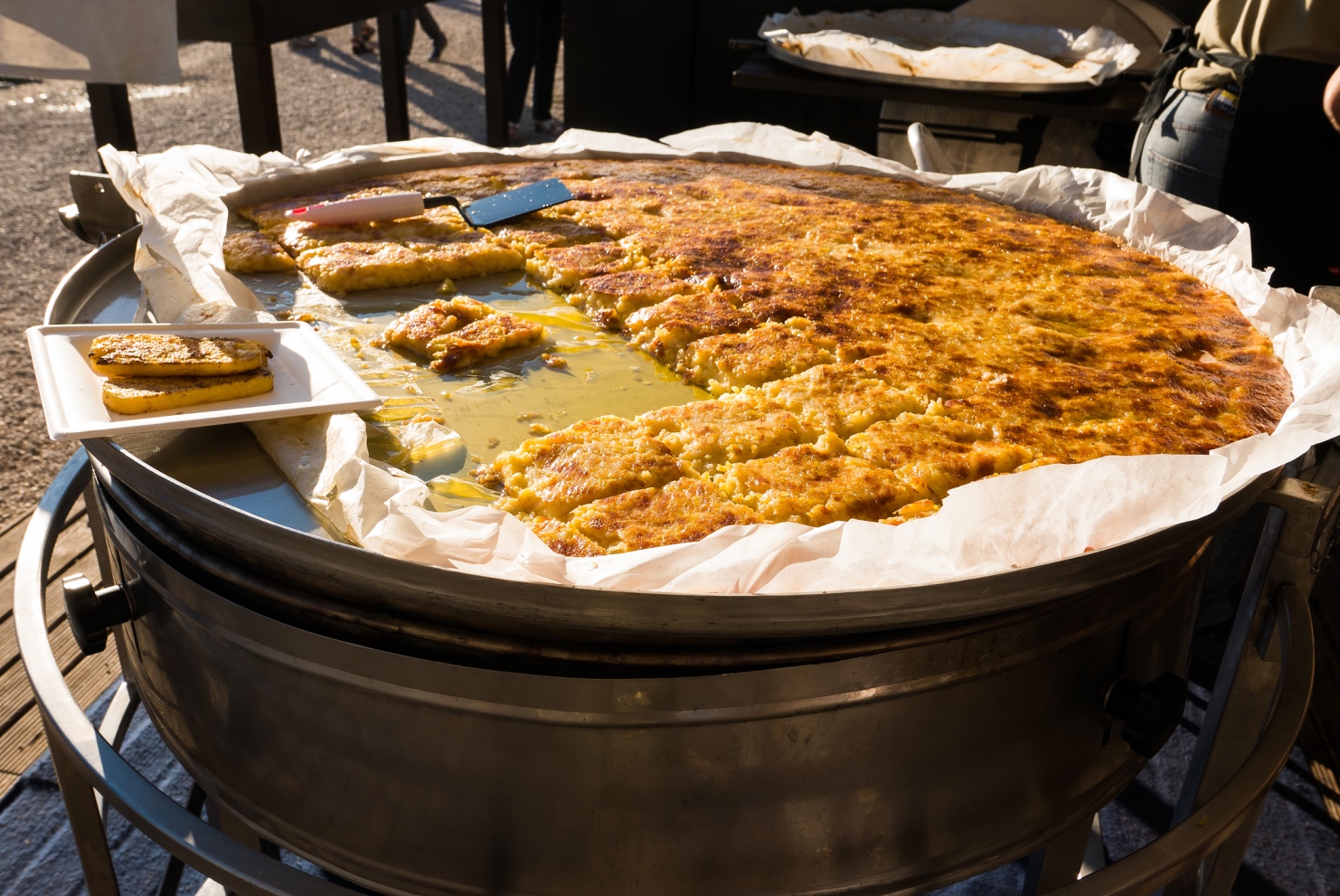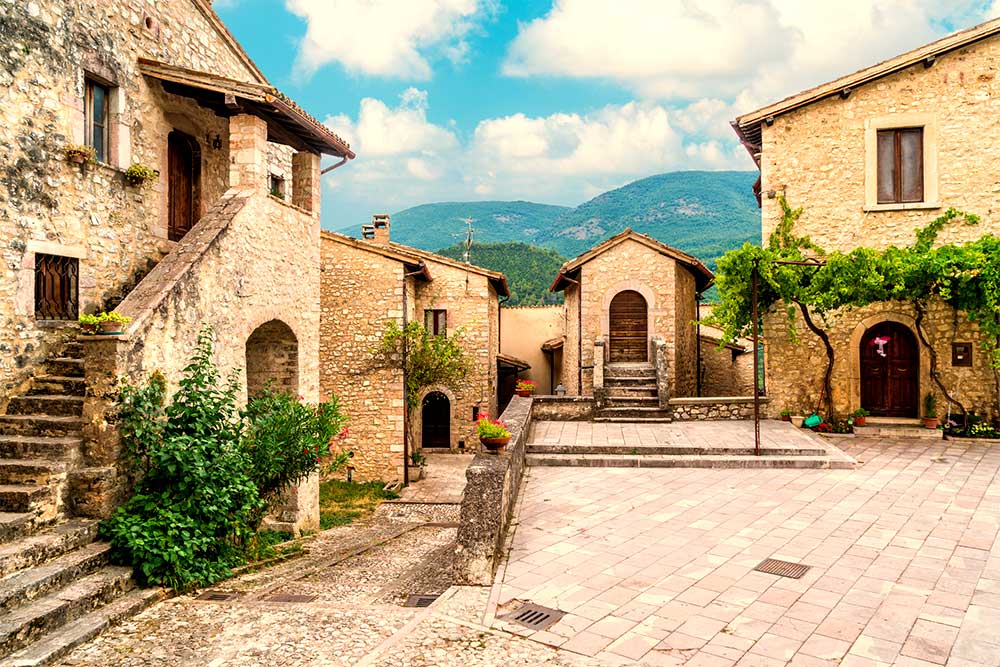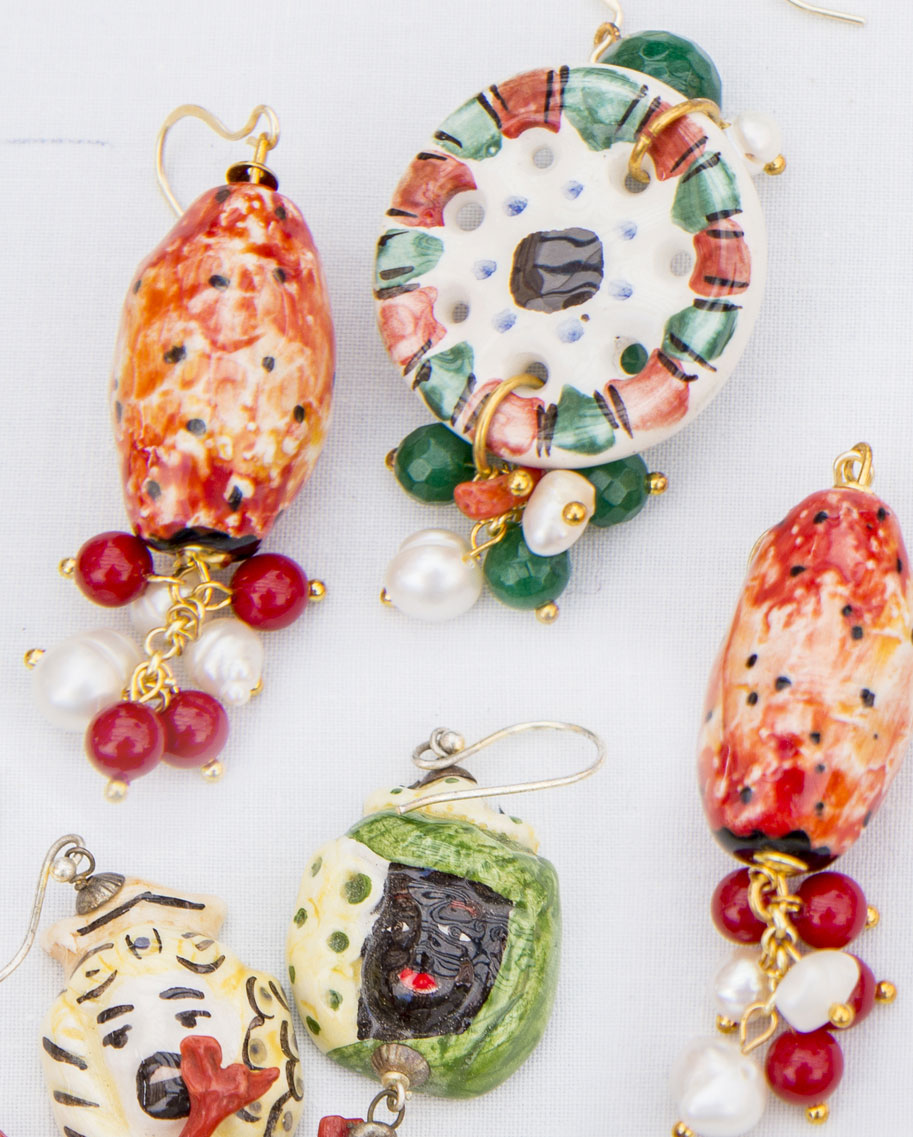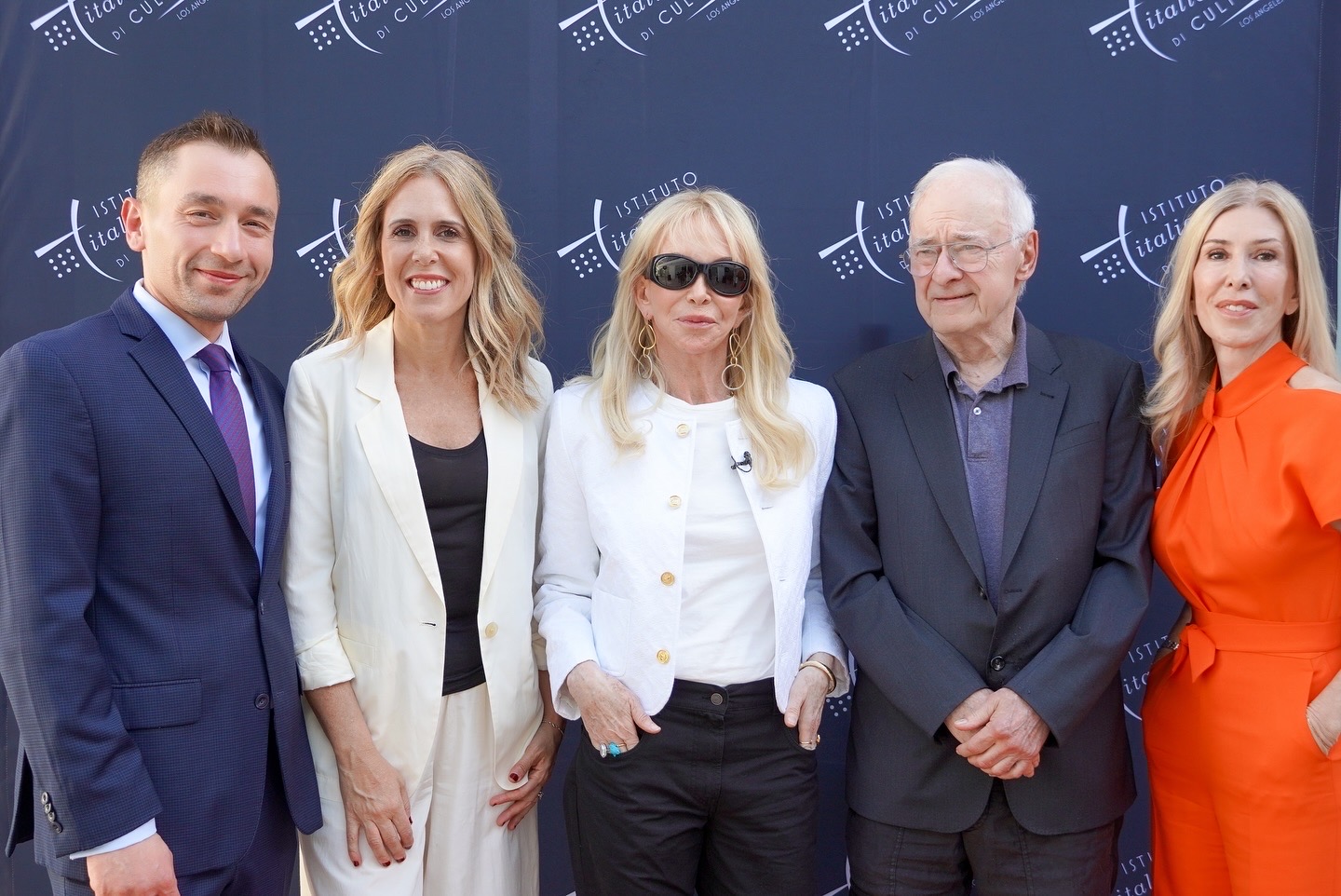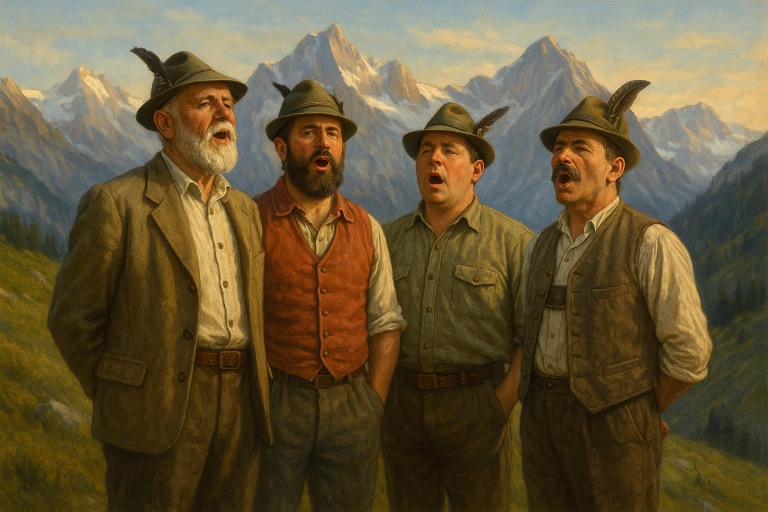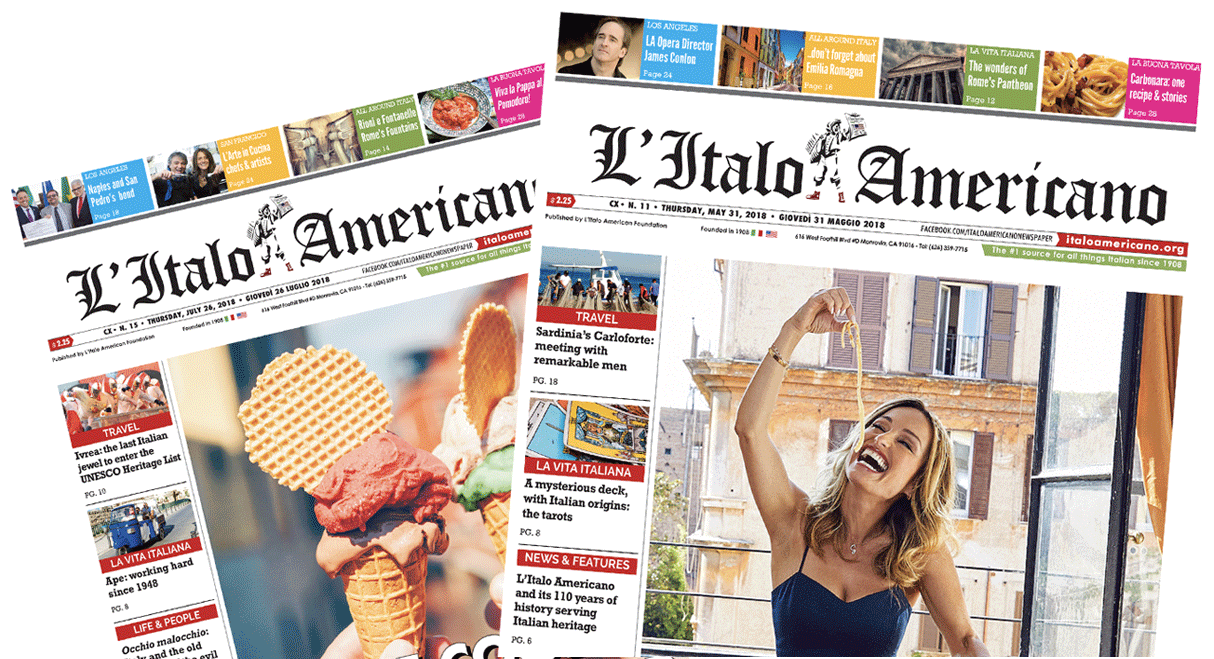Curated by Franklin Sirmans and organized by the Los Angeles County Museum of Art, Fútbol: The Beautiful Game decomposes, reconnects, encloses and celebrates all the emotions, the feelings and the implications of the sport most loved by Italians and many other populations around the world.
On view until July 20, prints, photographs, paintings on canvas, video installations, sculptures and other artworks all connected by a unique single wire, all different, yet with something in common: football.
When entering the main hall of the exhibition, the sudden realization that football is no longer a sport, it is no longer a game. It is not a match played and watched on a Sunday afternoon. It is a deep introspection of mankind and all its emotional facets and characteristics, yet the contemplation goes far beyond.
For the first time the role and the influence of football are researched, analyzed, studied and used as a synonym of social impact, cultural identity, anthropological behaviours, and psychological reactions.
In preparation for the upcoming 2014 FIFA World Cup, officially beginning in Brazil on June 12th after four years of waiting, Fútbol: The Beautiful Game is aimed to infuse with artistically and culturally valuable knowledge not only the football junkies, but also, and most of all, the people who never thought they would find watching two teams playing a football match something interesting or fascinating.
Paolo Maldini
Paolo Maldini
The exhibition features the artworks of thirty different artists who come from all over the world—just like the teams playing at the world cup— and from different historical periods and backgrounds. From the legendary Andy Warhol with his portrait of the magical Pelè from the late ‘70s based on a polaroid snap aimed to research the social impact of pop culture, through upcoming artists like Carolyn Castaño whose work on display contemplated Latin narcotraffic influence.
Her work is the fruit of a collaboration between LACMA and Self Help Graphics & Art, a non-profit organization devoted to art and the Latin American community in Los Angeles. Her serigraph portrays Andres Escobar, a player of Colombian origins. Escobar scored an auto goal during the ‘94 World Cup match of Colombia against the United States. That auto goal costed the elimination of Colombia from the competition and might have been one of the causes of Escobar’s brutal murder, due to the allegedly revenging behaviours from the game gambling loss and interconnected drug cartel wars.
Football balls suspended as balloons forming an arc, foosball tables, DVD of historic matches on flat screens and even a collection of football shirts created with boxes of cigarettes: everything converges to a single reality that is universal and has at its center football players who are venerable as much as the Virgin Mary and Jesus. Immortalised and idolized because football is also faith, in every sense and at 360 degrees, and footballers in Italian and in many other culture are the true heroes of the country, they are martyrs.
From Michelangelo’s Pietà portray and interpretation through a football piety of religious inspiration that keeps anchored to itself exterminated green fields translated in paintings and oversize photographs while ultras roars from the video installations that provoke souls grinning.
Among the images more dramatic and striking on view, those of Lyle Ashton Harris that he studied with the boys of Football the masses, the masculinity, the drama and power.
Photographic prints in black and white that instill a strong sense of nationality as it does the portrait of a great defender as national Paolo Maldini in an affectionate gesture. Or as it does Verona #1, where a crowd of infinite fans at a football game reinterprets soccer as something cosmic, a vortex dangerous that can ingest the whole humanity and make it disappear in delirium, accompanied by confusion, turmoil, distress, through the facial expression of an Italian policeman, Polizia (Mille Luce).
But not all of the facets of the soul of man are visible through the boys of Italian football: a double video installation assembled from 17 different cameras synchronized around the field of game of the 2005 Real Madrid against Villareal never detaches from every gesture, gaze, reaction and expression of Zidane, Zizou, a portrait assumes the form of a psycho-artistic documentary reminding all of us that football gives so many different emotions. But football is not just pathos, fear, or inquietude.
It is also unbounded and slowly endless joy, Celebracions, or fiction, or better deceit, as it is possible to observe in the triple video installations in slow motion, Caryatid.
Celebracions offers a completely different view from that of a normal video with regular speed would provide: hugs, kisses, happiness, and gratefulness are hypnotizing, intoxicating, fragments that stretch almost into erotic scenarios.
Caryatid instead, showing in slow motion the birth of a foul, or better yet, just a fallacious desire, sham, that narrates how humankind can be exceedingly theatrical and dramatic wishing to reach a perfect balance between the ability to play according to and against the rules at the same time, a dilemma that Italy and many other countries have yet to resolve, a metaphor of the human condition.
